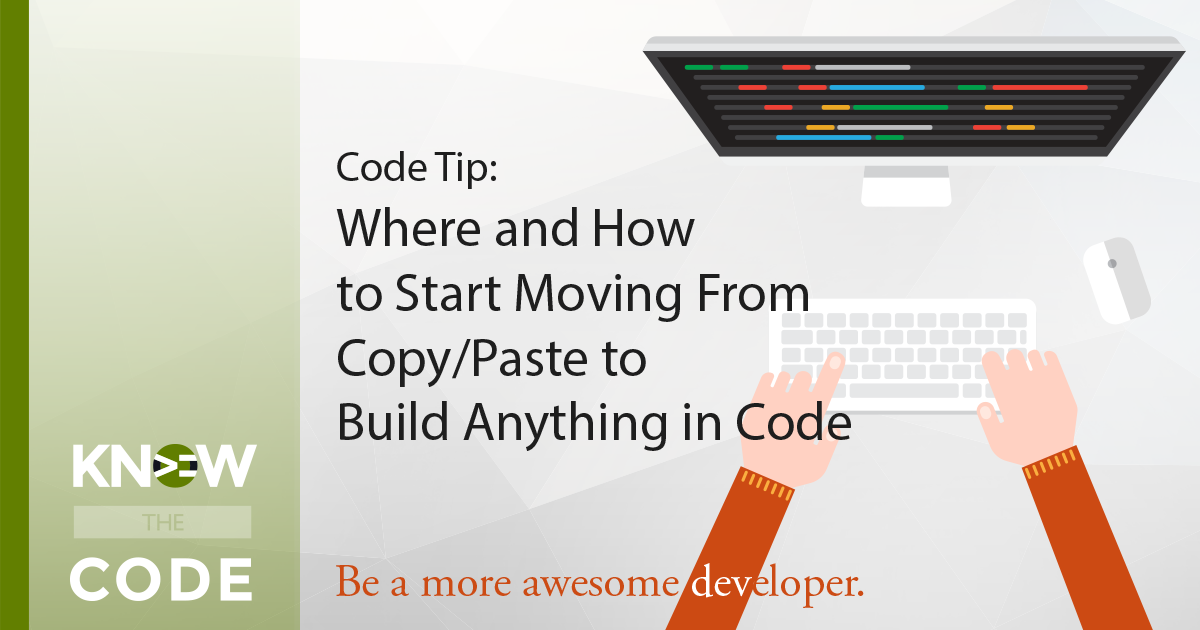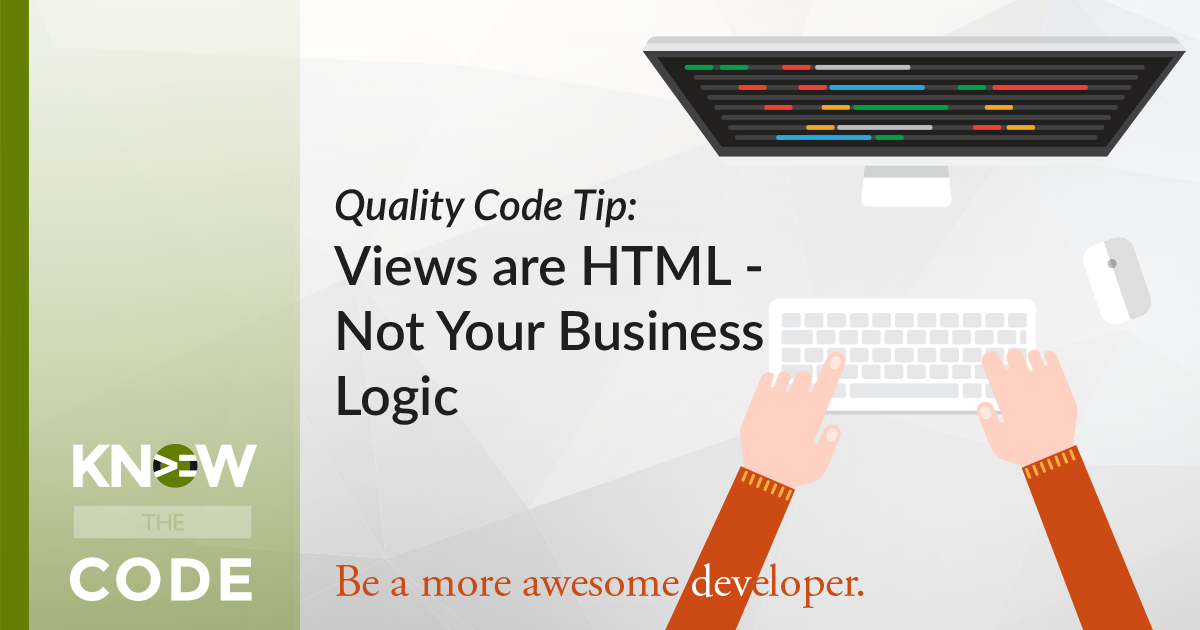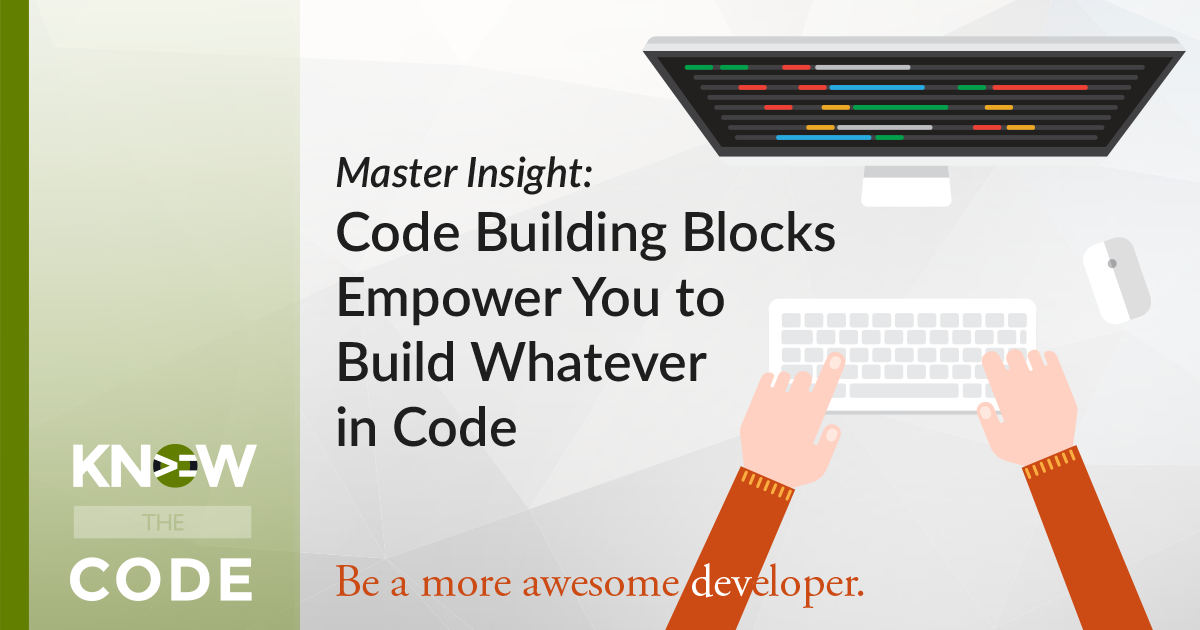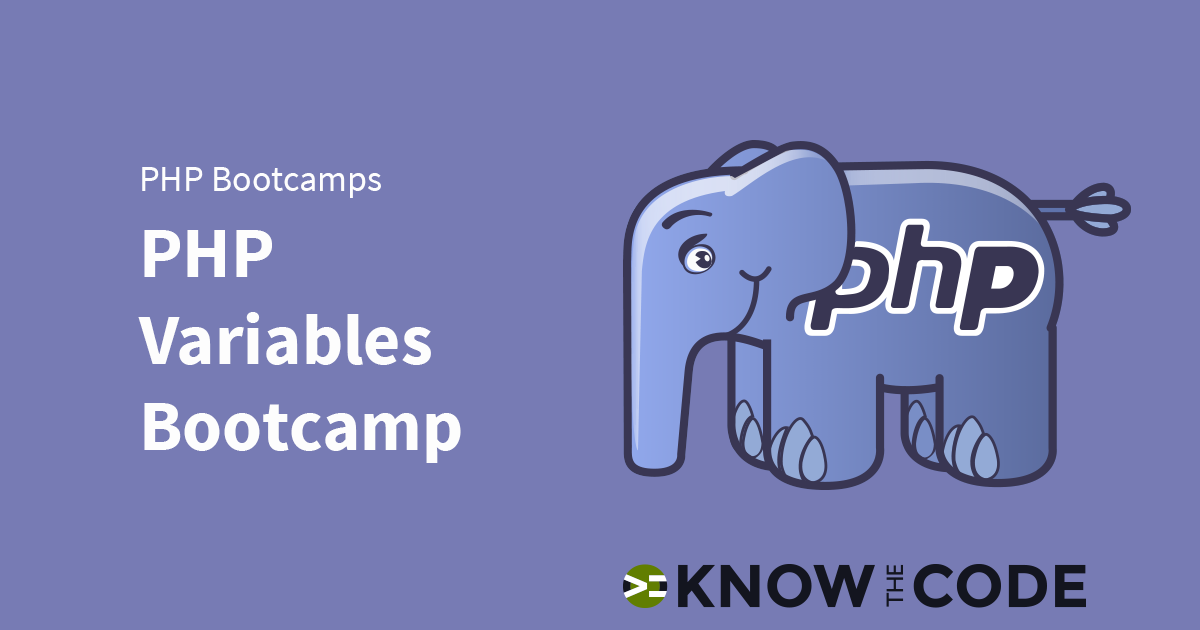Hey not a member? That’s ok. Here’s the free video that tells you what is wrong and provides a brief explanation as to why. Porter originally asked me the question. This video addresses his question and uses his example to explain why the problem is occurring.
Labs
Labs are hands-on coding projects that you build along with Tonya as she explains the code, concepts, and thought processes behind it. You can use the labs to further your code knowledge or to use right in your projects. Each lab ties into the Docx to ensure you have the information you need.
Each lab is designed to further your understanding and mastery of code. You learn more about how to think about its construction, quality, maintainability, programmatic and logical thought, and problem-solving. While you may be building a specific thing, Tonya presents the why of it to make it adaptable far beyond that specific implementation, thereby giving you the means to make it your own, in any context.

How to move from copy/paste to build anything in code
I’m often asked where you should start. How can you move from copy/paste to being able to build anything in code? You want to build your new skills incrementally, step-by-step. Each time you copy and paste a snippet of code, stop and dissect it. Go through the individual instructions. Look them up. Take the opportunity explore the code you are putting into your project.

The Intent of HTML and its Markup
The intent of HTML is to provide structure and meaning for your content to be read by other software, such as the browser, screen readers, and web crawlers. While humans can read content even when it’s not well-formed, software needs a set of strict rules in order to parse it and do its work. Software is not intuitive and cannot read your mind or intent. It needs to be structure and a set of well-formed, strict guidelines. HTML provides this for us. The intent of markup is: to give you anchors for styling to give JavaScript anchors to traverse, target, […]
Browser Local Cache and Version Control
Let’s talk about the web browser. The browser is capable of storing a local copy of the assets (stylesheets, scripts, etc.). It does this to save web page load time. After the first visit to a page, the next time the person comes to the same page, it will load faster. Why? The browser doesn’t have to request those files from the server again. Nope, it kept a local copy in the computer’s cache. In this episode, you will also see how WordPress appends the version on to the end of the asset’s URL in order to make it unique […]

Quality Code Tip: Views are for HTML – Not Your Business Logic
In today’s quality code tip, you will learn about removing the HTML from your business logic and putting it into a view file. In programming, you want to separate out your code by its intent and purpose. Let’s discuss the what, how, and why of view files. (Side note: I’m showing you the actual code on this website which is powered by Genesis.

Code Building Blocks Empower You to Build Whatever in Code
Here is a master insight from me to you: the code building blocks empower you to build whatever you want in code. All code, no matter how simple or complex and no matter the language or technology, is built with a combination of basic building blocks. These are the foundation of computation and your ability to get that computer to do what you need it to do. Being able to build anything in code means you are proficient with the basic building blocks, i.e. the fundamentals of computation. Once you focus yourself on one language and become proficient with it, […]

Master Tip: Why Use a View?
Let’s talk about why you want to not intermingle your business logic with the HTML. Why do you use a view? It’s based upon the proven software principles such as Separation of Concerns and Single Responsibility. APIs, frameworks, tools, and apps come and go. But these principles remain. More importantly you will learn about intent. Intent is important in all of the code that you will ever build.

PHP Variables Bootcamp
In order to be proficient in PHP, you need to first know variables. It’s learn and do time. In this lab, you are focusing on user-defined variables, the data they represent, how they are passed and assigned into function parameters’ list, naming, and their scope. For Pro members, you learn more about the PHP internals, how variables are linked to their data, and how memory moves around under the hood.

Type Juggling
PHP does Type Juggling and determines the data type of the variable based upon its context. You can learn more about PHP Type Juggling in the Docx.

Variable Scope When Including Files
Let’s see what happens when you include files into another file. What happens with the variables between the files? In this episode, you will write code to include a view into a function and then access the variables between the files.
